New! Green, yellow, pink! With streaks of indigo.
Very productive and tasty multicolored snacking tomato with dark indigo shoulders. Strong plants produce throughout the season. Increase sunlight on fruits to deepen the indigo coloration. Pruning can help fruits better access sunlight. Pairs well with Red Torch and Blush. An Open Source Seed Initiative (OSSI) variety bred by Steve Peters and Kanti Rawal. Indeterminate. USDA Certified Organic.
Specs:
- Packet: 25 seeds
- Avg. 175,000 seeds/lb
SCIENTIFIC NAME: Solanum lycopersicum
DETERMINATE (Bush): Varieties do not need pruning and may be grown with or without support; fruit ripens within a concentrated time period.
INDETERMINATE (Climbing): Varieties should be staked, trellised, or caged, and pruned for best results; fruit ripens over an extended period.
CULTURE: Medium-rich soil with pH 6.0–6.8 preferred. Fertilize accurately since excess nitrogen causes rampant growth, rot, and delayed ripening. For short determinates, succession-plant every 4–6 weeks. Tomatoes typically germinate in 5–7 days.
TRANSPLANTING: Don’t start too early—leggy, root-bound, or flowering transplants can cause stunting and reduce early production. About 5–6 weeks before transplanting, sow 1/4″ deep in 20-row flats with 20 seeds/row, or in 200-cell trays with 1 seed/cell; lightly cover. Keep mix at 75–85°F (24–29°C) with moderate moisture. At first true leaf, pot-up to 50-cell trays or 4″ pots, depending on expected transplant timing. Grow at constant 60–70°F (16–21°C) temp and use complete fertilizer until hardened-off. Supplemental lights and lower night temps control stretching. For earliest crop, plant under row cover around last frost date. Avoid exposing unprotected plants to consecutive nightly temperatures below 45°F (7°C). In rows 4–6′ apart, space determinates 12–24″ and indeterminates 24–36″. Plant deeply to encourage adventitious rooting. Water seedlings with a high-phosphate fertilizer solution at planting to help boost early yields.
TRELLISING: Basket-weave by pounding 5–6′ stakes every 2–3 plants, using heavier t-posts intermittently and at ends of beds. For tall indeterminates, consider short extensions or pruning once they outgrow a manageable size for easy harvest.
PRUNING: Indeterminates likely benefit by removing all suckers under the first strong branch directly below the first flower cluster. The lower bottom suckers often miss trellis supports, set fruit closer to soil, take energy from upper parts, and encourage spread of disease from soil. If needed later in season, consider thinning out leaves to increase airflow or topping plants to help finish ripening last fruits.
DISEASES & INSECT PESTS: Learn your common pests and options for control, including resistant cultivars and pesticides. Avoid wet leaves and handling when wet or using tobacco products. Manage plant debris and crop rotations.
HARVEST: Fruits ripen gradually from the blossom end to shoulders and from the base of clusters to the tips. Harvest softer fruit unstacked into shallow, padded trays. Use fully ripe fruit only for local retail or home-use. To deliver sound fruit, pick less ripe the further the distance and the longer the time between field and customer. Any fruit breaking color will still ripen post-harvest. Calyx can be removed or kept to prove freshness. If staking larger fruit with calyx on, consider trimming below shoulders when harvesting.
STORAGE: Store blemish-free, near-ripe fruit 4–7 days at room temperature in darkness. Store longer with proper variety selection, picking less-ripe, and keeping at cooler temperatures 45–60°F (7–16°C). Colder and picking too green will sacrifice end-quality.
DAYS TO MATURITY: From transplants.
TRANSPLANTS: Avg. 850 plants/1,000 seeds, 10,200 plants/oz.
SEED SPECS: Avg. 11,000–13,000 seeds/oz.
PACKET: 25 seeds, unless otherwise noted; plants about 60 feet.
| Weight | 1 kg |
|---|---|
| Dimensions | 1 × 1 × 1 cm |
Be the first to review “Magic Bullet – Organic Tomato Seed” Cancel reply
Shipping is an additional 15-29 business days depending on location. Shipping time will be provided at checkout.
Returns
If seeds fail to leave China, we will refund your payment 100%. But if seeds fail to reach you due to customs problem on your side which we were not informed in advance, we will not be able to bear any loss, and no refund will be made.
We sell only viable plants seeds online, and test germination of our seeds from time to time. So we will not be able to refund for seeds that clients fail to germinate, unless we are convinced that it's truly problem of our seeds.
———
Please send us an email: seedspay@gmail.com and be as detailed as possible while filling in the information.
After submission, We will reply to you within 24 hours. Please be patient.
———
CHARGEBACKS & DISPUTES
Please contact us by email before opening a merchant chargeback or payment dispute, as we can generally resolve the issue before that takes place. Any chargebacks and disputes disable our ability to issue refunds or credits due to funds being frozen.
———
REFUND, EXCHANGE AND RETURN
Customers have the right to request a refund/ return/ exchange within 14 days from the delivery date. Our Customer Service team will offer the best solutions for specific situations.
Related products
Tomatoes
Tomatoes
Tomatoes
Tomatoes
Tomatoes
Tomatoes
 The Delivery Time Is 15-29 Day!
The Delivery Time Is 15-29 Day!

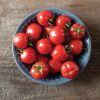
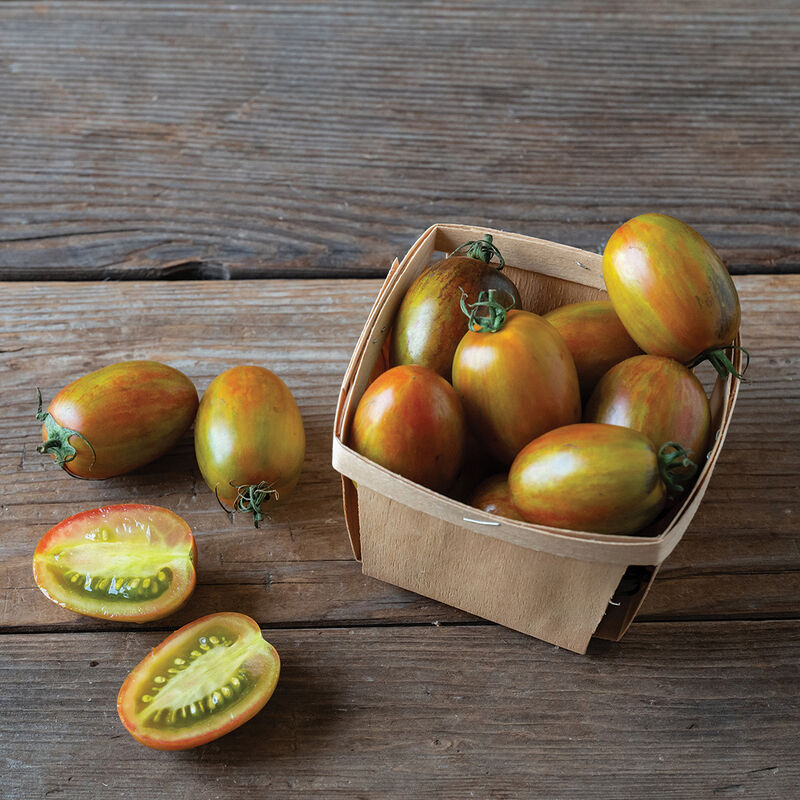
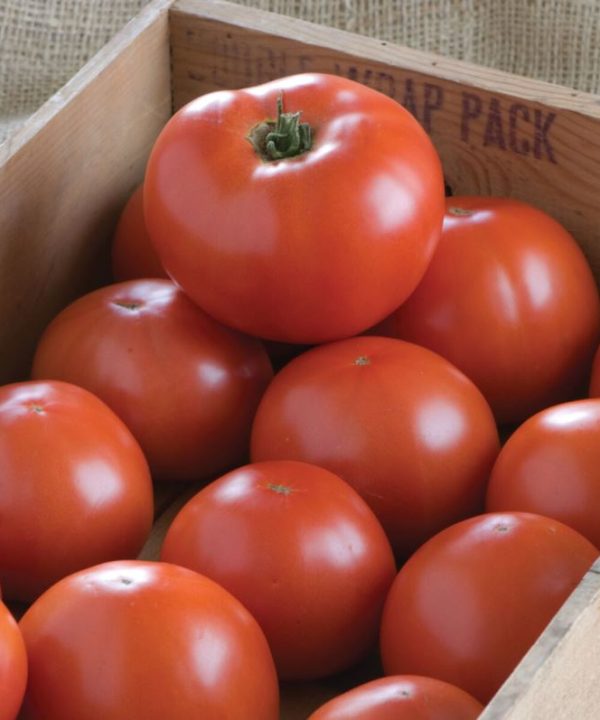
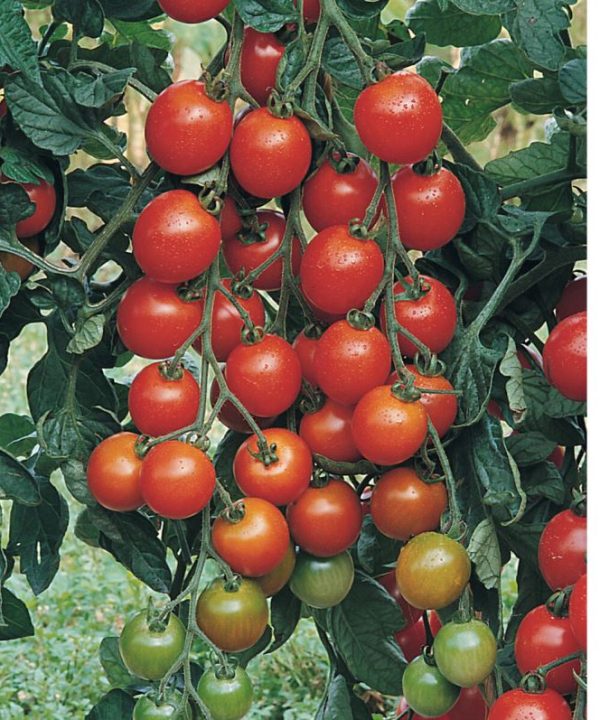
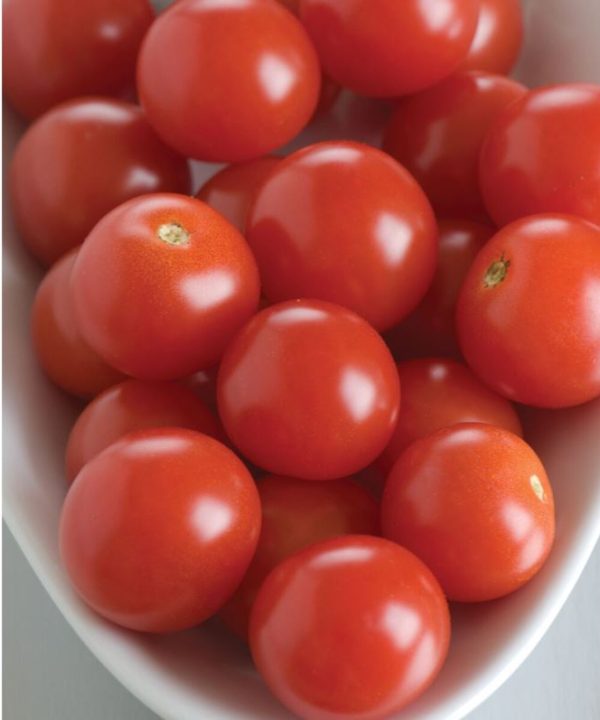
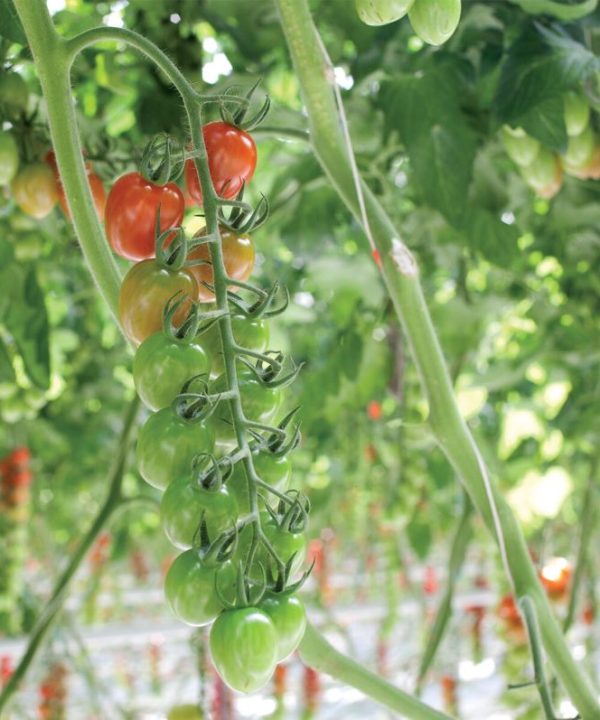

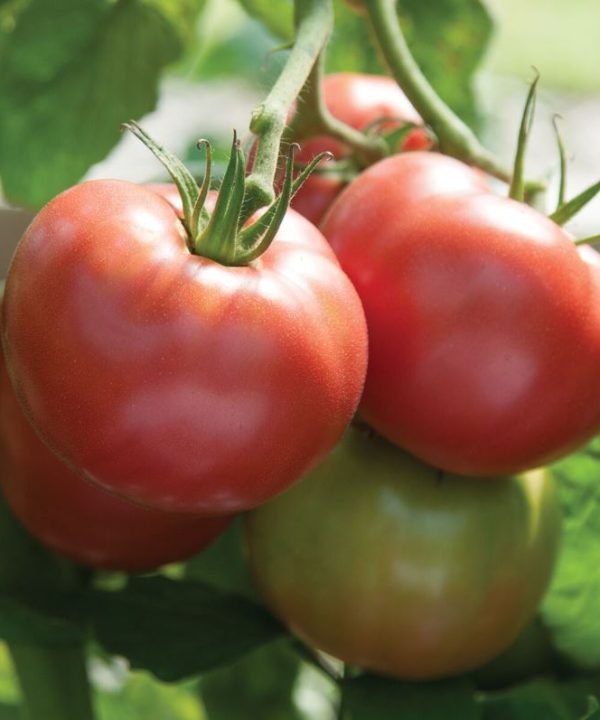
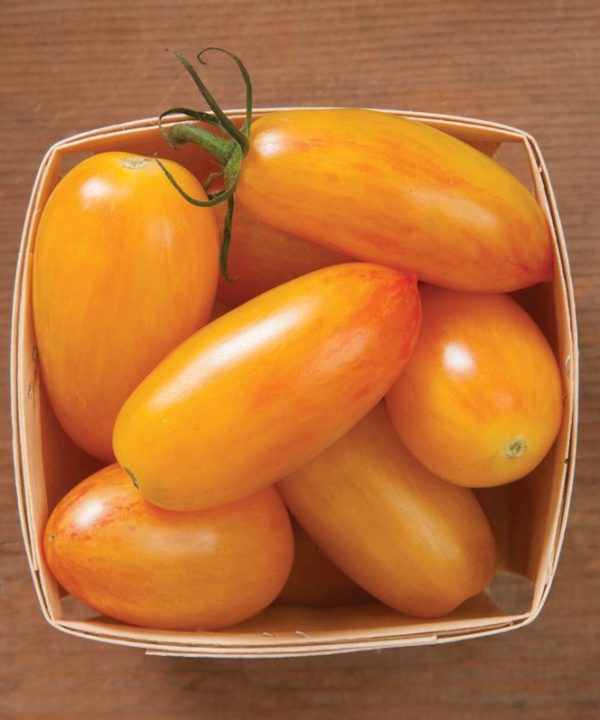
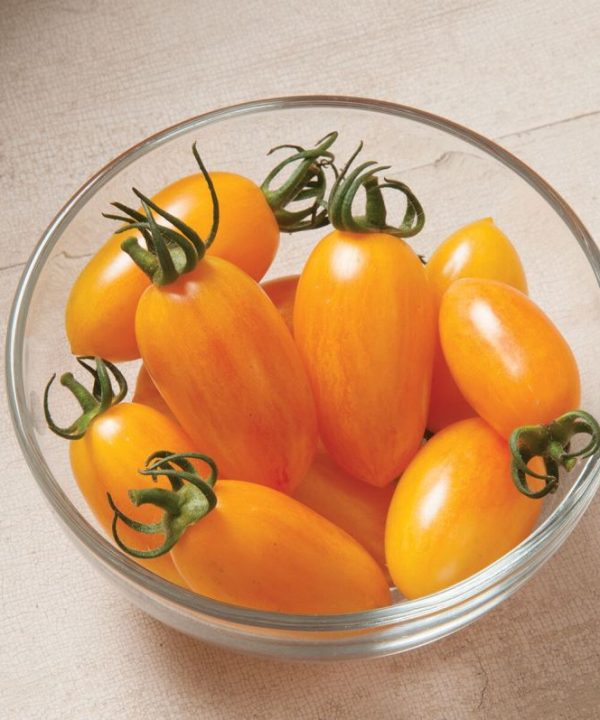
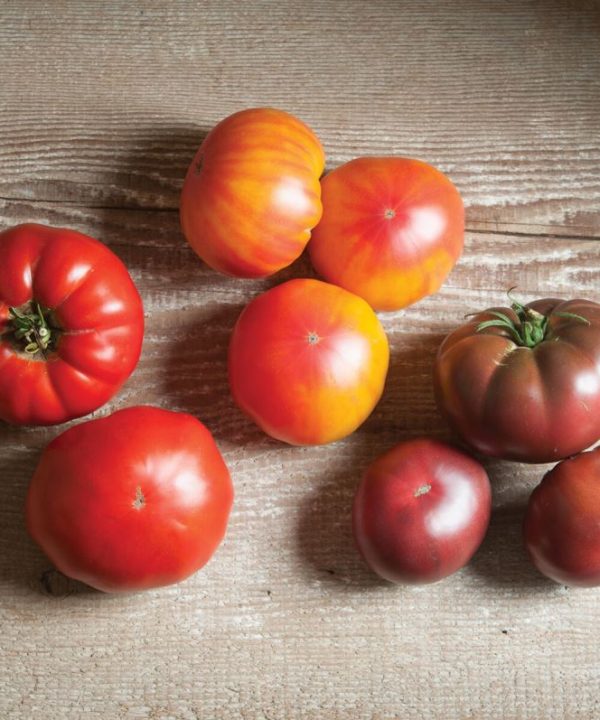
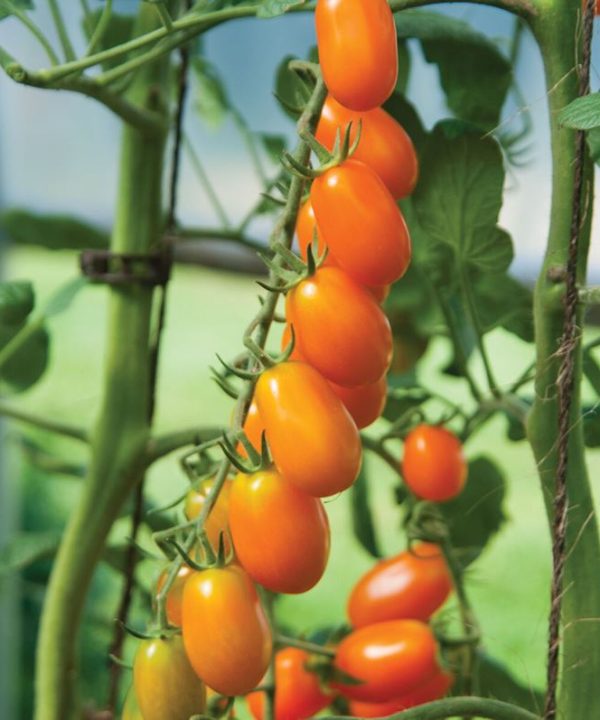
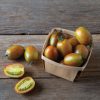
Reviews
There are no reviews yet.